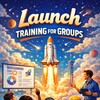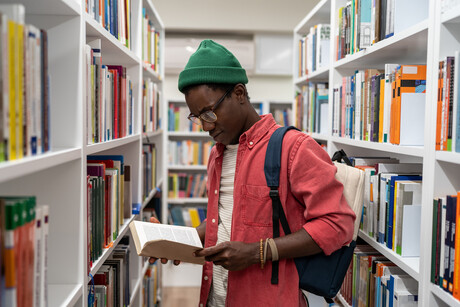Remote learning has challenged students, teachers and parents alike. And yet, these new uncharted waters have created some decided benefits. Here are five ways Adventist education has grown as a result of the COVID-19 pandemic.
- Students Developed Empathy For Others
There’s nothing like a pandemic to make us feel like we are all in the same boat. This has provided a unique opportunity for students to understand how others are experiencing a situation that they themselves are living through. Many teachers have used this as great starting point for using design thinking to understand the needs of others. See 10 design challenges to promote empathy and positive feelings towards others. - Students Identified and Solved Real-world Problems
Learning is most effective when it can be connected to students’ lives. When they can see how something impacts them in the real world, the lesson becomes easier to remember. Teachers have grasped the opportunity for students to tackle some of the many real-world problems presented like sanitization and social distancing. - More Parent Teacher Communication Fostered
Learning is most effective when there is a partnership between parents and teachers. Remote learning has created a need for families to be actively involved in their children’s learning. While this has been challenging for many busy parents, it has resulted in parents becoming more involved in and aware of their children’s learning. - Digital Technology Leveraged
Digital technology has been incorporated in classroom learning for decades. The shift to remote learning has made teachers rely on it more than ever to provide quality learning experiences. Many teachers have increased the amount and variety of digital learning tools in their teaching. They’ve found innovative ways to maximize the potential of digital tools. They are no longer nice options but rather necessities. - Future-proof Skills Gained
Remote learning models have given students a unique opportunity and purpose to develop and apply important 21st century skills. Students learned new ways to collaborate and communicate as they interacted with their classmates and educators online. They are also increasingly being asked to think critically and creatively to solve problems as they use new ways to access and demonstrate their learning.
Section










